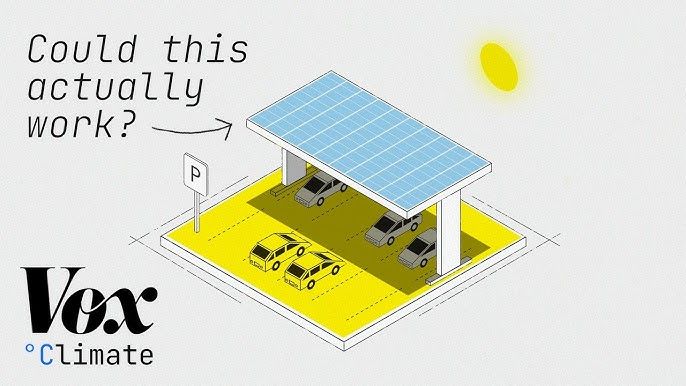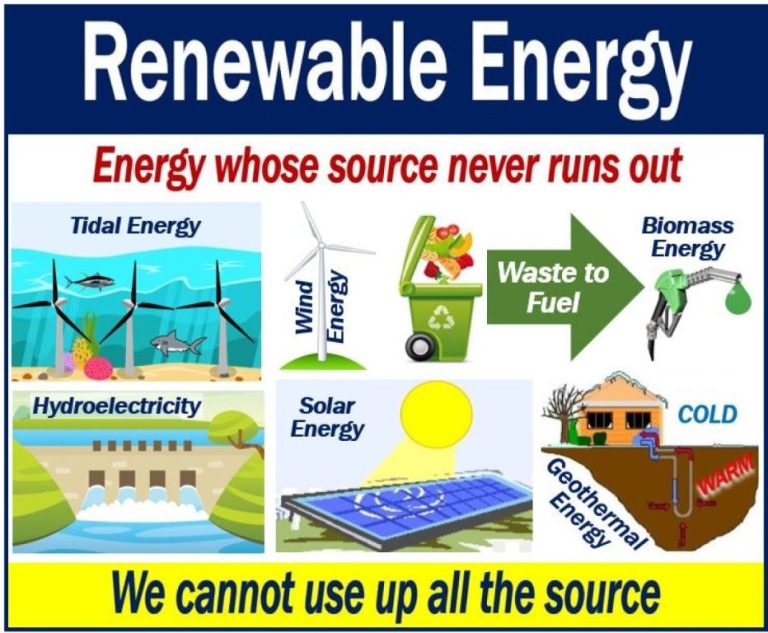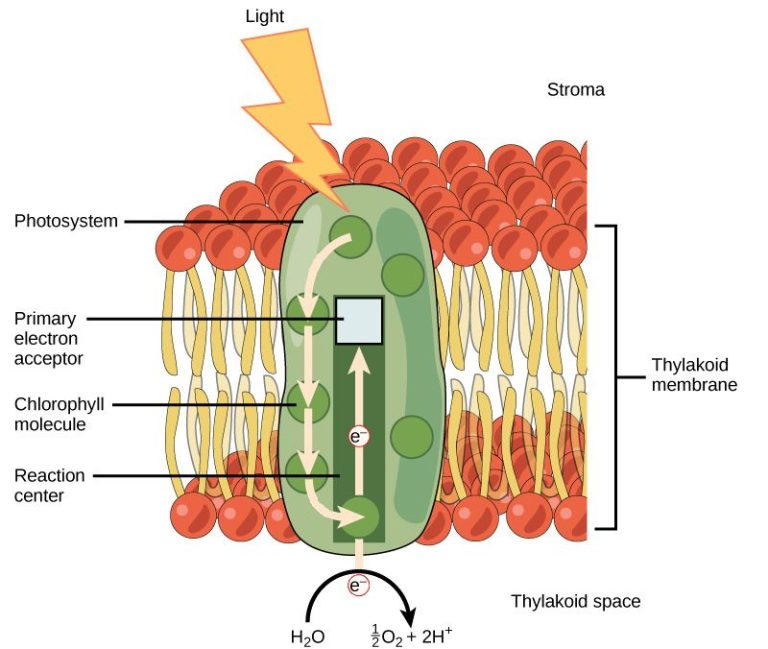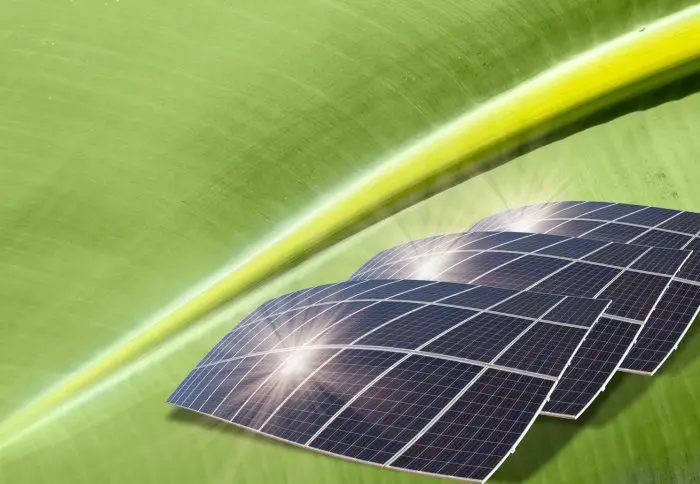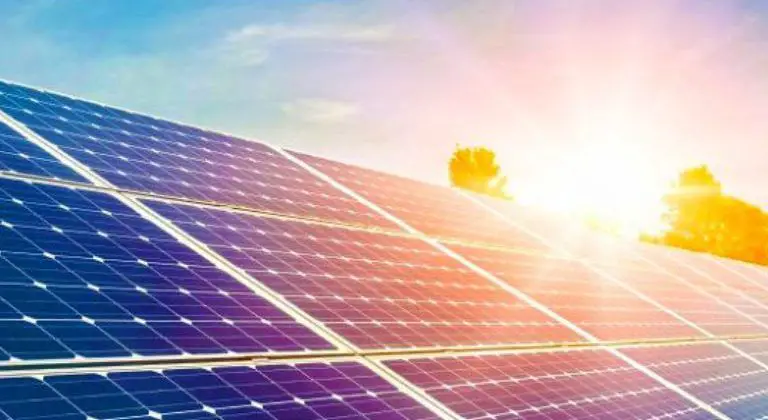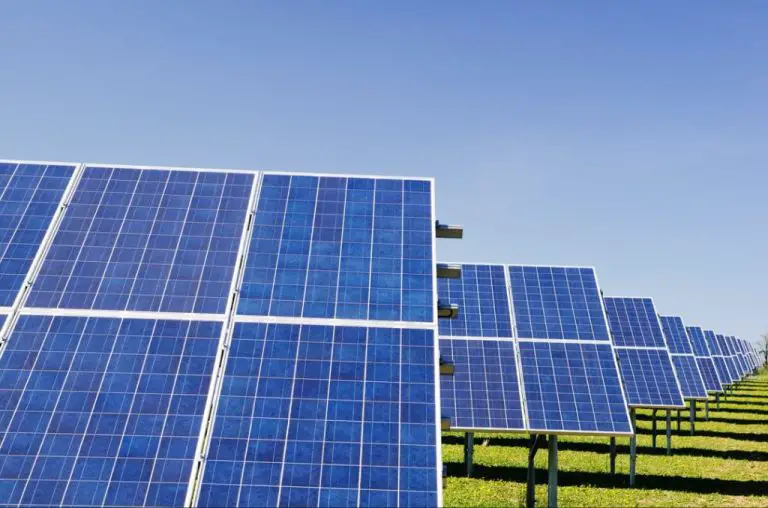Can You Get Enough Electricity From Solar Panels?
With rising electricity prices and growing concern over fossil fuel usage, many homeowners are considering installing solar panels. The idea of generating your own renewable electricity from sunlight is appealing. But can rooftop solar panels realistically provide enough electricity to power a home?
Solar panels, also called photovoltaic (PV) panels, convert sunlight into electricity. They are made up of many individual solar cells, which are made from silicon semiconductor materials. When sunlight hits the cells, electrons are knocked loose from the atoms, creating a flow of electricity. This electricity is direct current (DC), but it is converted into alternating current (AC) using inverters so it can power home appliances.
Typical Home Electricity Usage
The average home in the United States uses about 893 kWh per month, which equates to around 10,700 kWh per year. However, electricity usage can vary dramatically based on the size of the home, number of residents, appliances used, and climate where the home is located.
Homes in hot southern states like Texas and Florida tend to use a lot more electricity for air conditioning in the summer months, while homes in cold northern states use more electricity for heating in winter. Larger homes with more appliances and residents will also consume substantially more electricity.
In other parts of the world, average home electricity usage differs based on lifestyle factors. For example, the average home in the UK uses about 3,900 kWh per year, while the average home in Germany uses about 3,500 kWh annually. Homes in developing countries often consume less electricity, with averages around 1,000 kWh per year.
Solar Panel Electricity Generation
The amount of electricity that can be generated from solar panels depends on several factors:
Solar Panel Efficiency
The efficiency rating of a solar panel indicates what percentage of sunlight hitting the panel gets converted into usable electricity. Typical residential solar panels have efficiencies of 15-22%. Higher efficiency panels can generate more electricity from the same amount of sunlight, but they also tend to be more expensive.
Orientation and Tilt
To maximize production, solar panels should face true south in the northern hemisphere or true north in the southern hemisphere. The panels should also be tilted at an angle equal to the latitude of their location to optimize annual energy production.
Sunlight and Weather
Areas that receive more annual sunlight and have less cloudy weather will generate more solar electricity. Solar panels produce the most energy on clear, sunny days. Production is reduced on cloudy days or when panels are covered by snow, leaves, dirt etc.
Location and Shading
Solar panels can lose production if they are shaded, even partially or temporarily, by trees, buildings, or other obstructions. Ideal locations have open space with consistent sun exposure throughout the day.
With optimal conditions, a typical 5 kW solar panel system can generate around 6,000-8,000 kWh of electricity per year. This is enough to offset 50-80% of the annual usage of a typical home.
How Many Solar Panels for a Home?
To determine how many solar panels are needed for a typical home, some key factors to consider are the average electricity usage, the rated output of the solar panels, and roof space limitations.
For a home that uses around 10,000 kWh per year, with standard 250 watt solar panels, you would need around 40 panels to match that annual usage. However, roof space may limit the number of panels that can be installed. Assuming around 150 square feet is needed per panel, 40 panels would require over 6,000 square feet of unshaded, south-facing roof space. Most homes don’t have that much usable roof area.
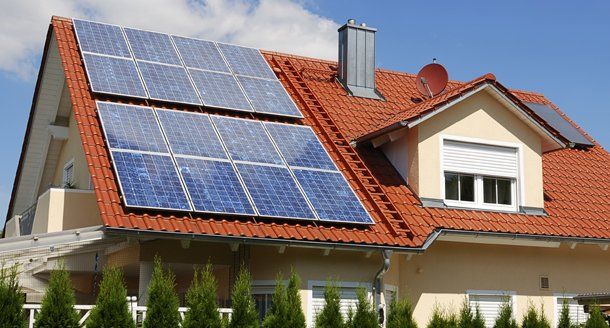
A more realistic system size may be 20 panels, taking up 3,000 square feet. This system could generate around 5,000 kWh per year, meeting about half of the home’s needs. Additional panels can be added up to the roof space limit to get closer to the full electricity usage amount. Ultimately the number of solar panels depends on the home’s energy efficiency, electricity demand, panel output, and available installation space.
Limitations of Rooftop Solar
While solar panels can generate a significant amount of a home’s electricity needs, relying entirely on rooftop systems does have some limitations that need to be considered:
Intermittency issues – Solar panels only generate electricity when the sun is shining. This means they do not produce any power at night or on cloudy days. Homes will need to draw electricity from the grid on occasions when rooftop solar is not generating enough.
Seasonal variability – The amount of sunlight and solar energy available changes throughout the year. Solar panels will produce more electricity in the sunny summer months and less during the shorter winter days. This seasonal variation needs to be accounted for.
Grid dependence – Most homes with rooftop solar are still connected to the main electrical grid. This allows them to draw power when needed and sell excess electricity back to the utility company. Fully disconnecting from the grid is complex and may require significant battery storage capacity.
Supplementing with Batteries
One way to get around the limitations of relying solely on rooftop solar panels is to add battery storage. Batteries allow solar panel systems to store excess electricity generated during sunny hours for use at night or during cloudy weather. This provides a more consistent and reliable source of renewable power for homes.
Battery storage does add significant cost to a solar system. Prices vary greatly based on the capacity and type of batteries, but homeowners can expect to pay $5,000 to $15,000 for a decent-sized home battery setup. Lithium-ion batteries are the most common choice today for their balance of performance and lifespan.
When evaluating battery options, homeowners should consider the capacity needed to meet their overall electricity demand during non-sunlight hours. Batteries may last 5-15 years, so factoring in potential replacement costs over the system lifetime is also important. Overall, adding storage allows solar to better displace conventional grid electricity for more homes. But batteries are not essential in all cases and the costs versus benefits should be weighed.
Going Off-Grid
Going completely off the grid with solar power is possible but requires substantial changes to your lifestyle. The amount of solar panels and battery storage required to fully power a home with normal energy usage would be prohibitively expensive for most homeowners. To make it feasible, your home’s energy usage needs to be extremely efficient and minimal.
Making an off-grid solar home work well usually requires the following lifestyle changes:
- Switching to super energy-efficient appliances like fridges, washing machines, lights etc.
- Heating and cooling only minimally with efficient heat pumps instead of AC.
- Using gas or propane for cooking and heating water instead of electricity.
- Minimizing usage of any major appliances during overcast periods.
- Planning electricity usage carefully around battery capacity.
- Accepting you may not always have enough power for all needs.
With discipline, it is possible for a small, efficient household to go completely off-grid with solar power. But it requires commitment to a frugal lifestyle centered around living off renewable energy. For most homeowners, a grid-tied solar system with battery backup is a more practical option.
Future Improvements
Solar panel technology is constantly evolving and improving. Here are some key advancements we can expect to see in the coming years:
Solar cell efficiency will likely continue to increase incrementally each year. Top lab cell efficiencies are already approaching 50%, while commercial panel efficiencies typically range from 15-22%. Higher efficiencies allow panels to produce more electricity using less surface area.
Emerging technologies like perovskite solar cells, organic solar cells, and multi-junction cells promise even greater leaps in efficiency. These new material systems and cell structures could potentially reach over 50% efficiency at the panel level.
Improved manufacturing techniques will help drive down costs further. Newer processes allow thinner wafers, less silicon waste, and higher automation. Continued scale effects as production expands will also reduce soft costs.
Solar panels integrated directly into building materials like shingles, windows, and siding will make adoption easier. These building-integrated photovoltaics (BIPV) can offset construction costs and maximize unused surfaces.
Advances in solar forecasting, smart inverters, and grid coordination will help overcome intermittency concerns and facilitate very high renewable grid penetration. Sophisticated power electronics will keep supply and demand balanced.
Financial Incentives to Make Solar Panels More Affordable
Installing solar panels represents a significant upfront investment for most homeowners. However, various financial incentives at the federal, state, and local levels can help reduce the net cost of going solar and improve return on investment.
One of the biggest incentives is the federal solar Investment Tax Credit (ITC). This provides a 26% tax credit for systems installed in 2022, which will decrease to 22% in 2023 before expiring in 2024 unless extended by Congress. The ITC can reduce the net cost of solar panels by nearly a quarter.
Many states and utilities also offer additional rebates and performance-based incentives that provide a payment per kilowatt-hour generated. For example, California has both an upfront rebate and performance incentives through its California Solar Initiative. Such programs aim to encourage solar adoption.
Net metering allows solar customers to get credit for excess electricity sent back to the grid, often at the full retail electricity rate. This enables solar panel owners to effectively “sell” unused solar power, further improving the investment payback period.
With smart planning and combining incentives, the return on investment for rooftop solar panels can be under 10 years in many markets. The long-term savings help make the transition to solar energy cost-effective for an increasing number of homeowners.
Conclusion
In summary, the number of solar panels needed to power a home depends on the location, roof space, and household’s energy usage. Based on average home electricity consumption, most homes require 20-40 panels to offset their usage. However, solar panels can only generate electricity when the sun is shining, so they may not provide 100% of a home’s needs around the clock.
With battery storage, solar can come closer to fully powering a home. But for many, it is still challenging to get all their electricity from solar alone. That said, rooftop solar can provide a sizable portion of a household’s electricity, helping lower bills and reduce grid dependence.
As solar technology improves and installation costs come down, solar energy will play an increasing role powering homes. But for now, most households are better off using solar to supplement their electricity instead of relying on it completely off-grid.

